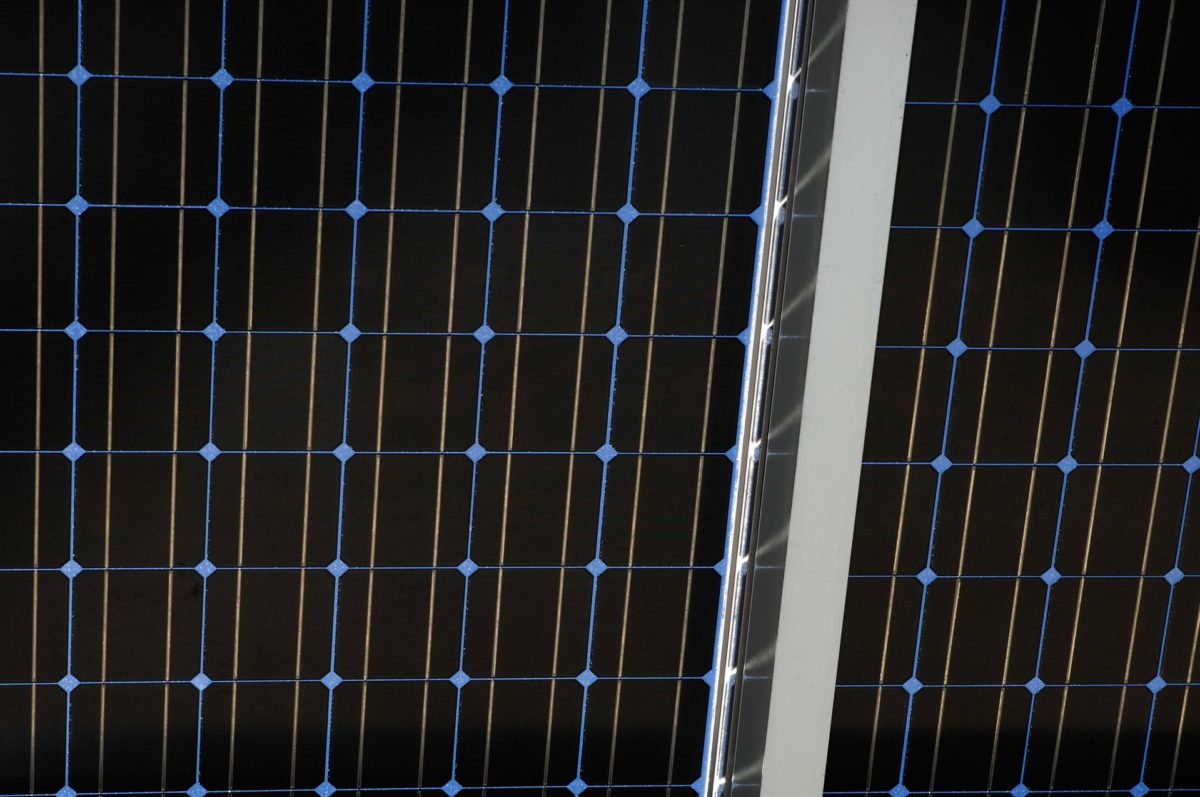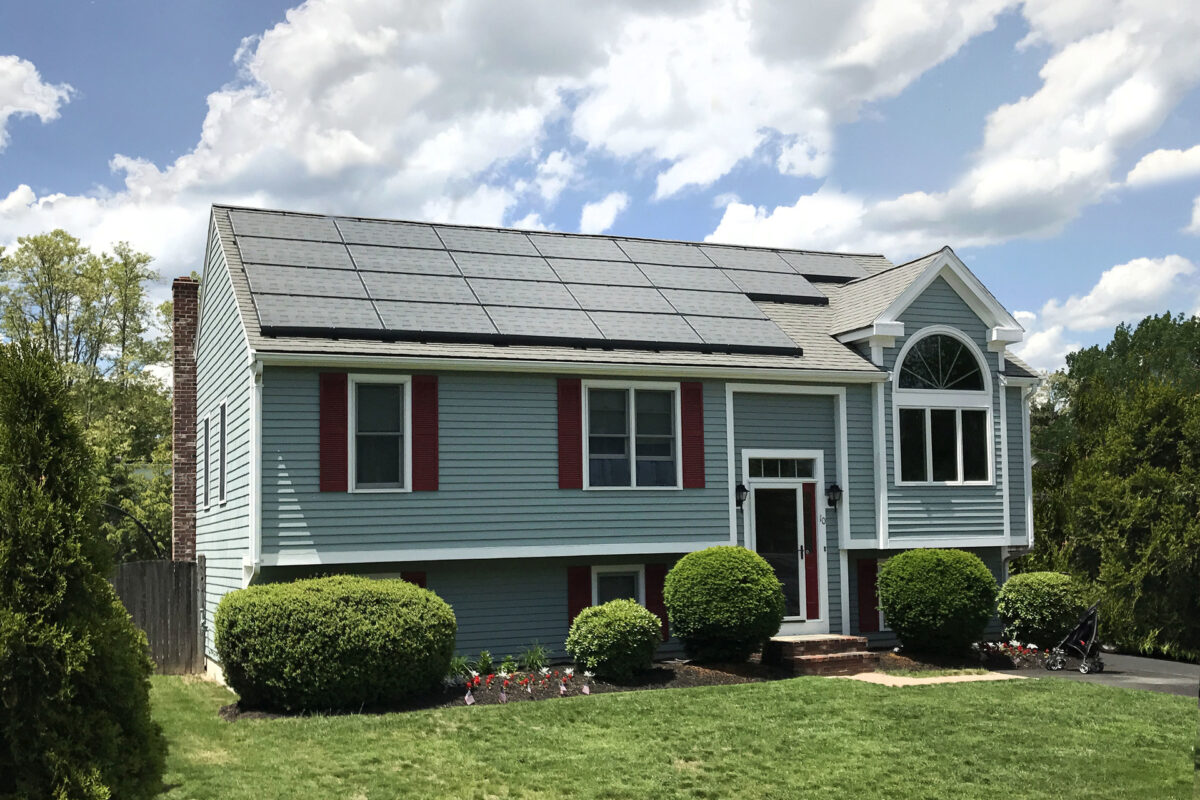Nationwide, over 220 utilities offer community solar programs across 36 states, and a growing number of rural electric cooperatives, municipal utilities, and investor owned utilities are exploring or implementing community solar program offerings. Currently there is only around 1 GW of community solar installed, but some see a path toward 84 GW by 2030.
To assist in reaching this ambitious goal, Vote Solar and the Interstate Renewable Energy Council (IREC) have released their Checklist for Voluntary Utility-Led Community Solar Programs. The document divides its advice into seven sections:
- Expand consumer access to clean energy – make sure to be explicit in the program goals, be conscious of your customer sizing needs, understand your customers economic needs, make sure you communicate the program well – and make it easy to get into.
- ‘Offer tangible economic benefits’ – make near and long term financial benefits real enough to be noticed on bills, eliminate upfront costs, have a backup electricity buyer.
- Develop the project at a respectable price.
- Prioritize customer experience – site the solar locally, have clean clear documents, streamlined customer management.
- Promote competition.
- Optimize the projects to benefit the grid – strategic siting, pairing with other technology, consider resiliency, use smart sites – local brownfields, schools, farmers.
- Complement existing programs.
Community solar projects have unique variables in their development; mainly in that you have to figure out how to bring together many many buyers, and these buyers tend to have a broad range of motivations. Some simply want to save a little cash, while environmentalists, renters, and those whose homes just don’t work for solar fill out the much of the rest.
As well, there are many models. California Community Choice Aggregation (CCA) groups seem to be leading the charge – but are really closer to repackaged generation companies who have got specific clean energy goals. The Minnesota Community Solar program is lauded as the nation’s most successful, however only 10% of that volume is going to residential customers – so the state is evolving and giving an additional 1.5¢/kWh to try to motivate uptake. Whereas Massachusetts, the second largest community solar program in the nation, limits 50% of their solar systems to system sizes smaller than 25 MW.
There is much growth expected with Illinois just getting warmed up, Maryland moving, and New York figuring out the math.
This content is protected by copyright and may not be reused. If you want to cooperate with us and would like to reuse some of our content, please contact: editors@pv-magazine.com.








Good article, except the notion that Community Choice Aggregations, which are nonprofit, municipally-governed community-wide energy buying groups, are “repackaged generation companies,” which misses the mark considerably.
Honestly, I don’t have much experience with anything from California. I like your description better.
Thanks, John – Community Choice Aggregation (CCA) brings a new paradigm to energy markets, that otherwise put the ball in hands of sellers of energy, not buyers and certainly not communities. CCA gives buyers the leverage to negotiate with sellers, control to define what kind of energy they want, and control over rates and customer engagement. Traditionally, communities had to take over (purchase by issuance of bonds) the distribution systems to be able to decide what kind of power they want. CCAs open up control as a function of choice, not takeover, and use a city council-based process under state oversight to purchase their electricity collectively, and enroll customers on an opt-out basis so residents and businesses are unwilling are not forced to participate. Americans in about 1500 U.S. cities are already getting their energy through Community Choice in California, New York, Massachusetts, Ohio, New Jersey, Illinois, and Rhode Island, which together consume about a third of the nation’s electricity. More here: http://localpower.com/National.html
What about open source DIY solar projects. We can bring solar PV to 2 cents/KwH with open source DIY, in Minnesota with the state incentive this will mean 0.5 cents/KwH; the utility rate is Minnesota is at least 11 cents/KwH. For an example you get check the article on medium.com: DIY Solar PV project in Georgia (I am not sure I can include a link to a web site in the comment).